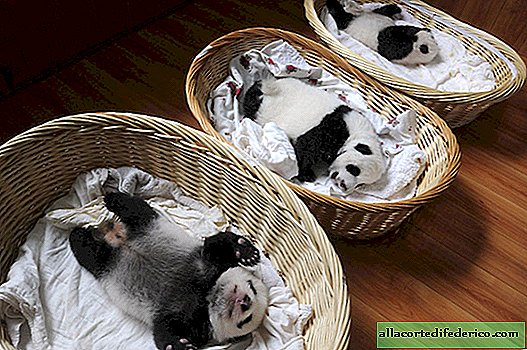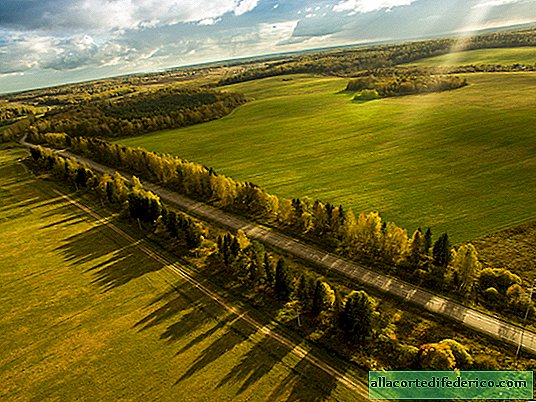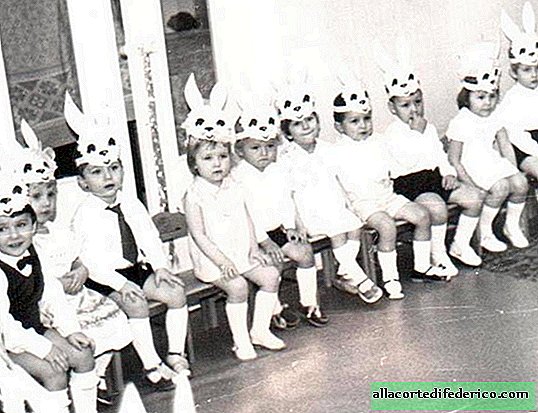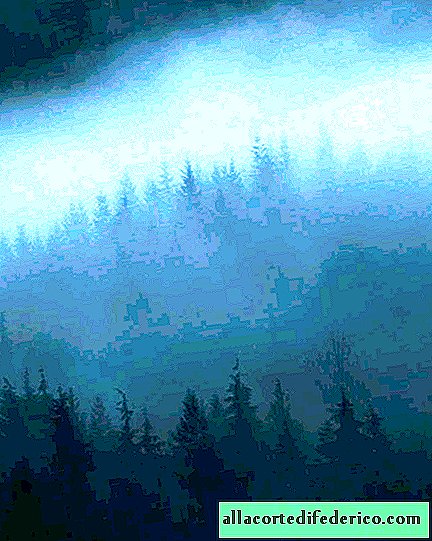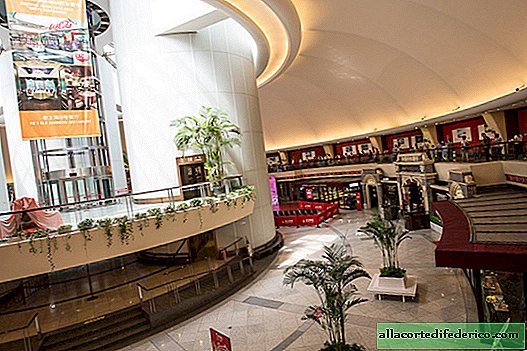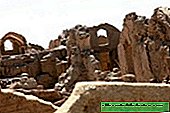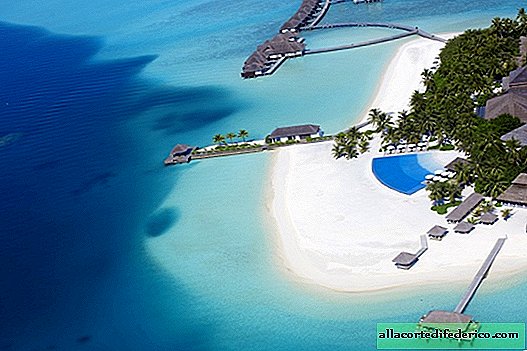Worse than in Brazilian Amazon: how forests are cut down in Canada
Deforestation of the planet’s natural forests is today one of the main environmental problems of mankind. And it's not just about the Amazonian jungle in Brazil or the tropical rainforests of Indonesia. This problem is no less acute in countries located in temperate latitudes. For example, in the Canadian province of British Columbia, where vast spaces were already left without a forest.
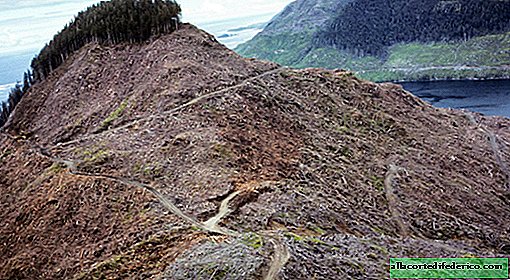 Vancouver Island, British Columbia
Vancouver Island, British ColumbiaIf developing countries cut down forests in order to take the vacant place by farms for raising livestock or planting fast-growing eucalyptus, then in a seemingly prosperous and developed Canada, forests are cut down simply for the sale of wood. Because of this attitude toward forests, Canada is sometimes even called the Northern Hemisphere Brazil.

British Columbia is located in the west of the country, on the Pacific coast. Coniferous and mixed forests are common here, which occupy about 60% of the area of this Canadian province. The most valuable conifers growing on the Pacific coast are red cedar, Douglas spruce and western tsuga. The humid temperate climate of the west coast is very favorable for the growth of coniferous trees, which often reach a height of 70-90 meters in this region.

Deforestation of these centuries-old forests, as well as mining, form the basis of the provincial economy. The first logging in this region began in the era of colonial development, and with the advent of the railway at the end of the 19th century, clear-cutting areas expanded significantly.

In the 80-90s of the XX century, a wave of protests broke out in the province of British Columbia against large-scale deforestation, which are carried out by large logging companies with the approval of the leaders of the region. But, the logging industry already at that time provided jobs for about 250,000 people, so no restrictions were adopted, and deforestation continued.
 Decrease in forest area (green on the map) on Vancouver Island from 1954 to 1999
Decrease in forest area (green on the map) on Vancouver Island from 1954 to 1999The most catastrophic situation has developed on the large island of Vancouver, which is located in close proximity to the mainland and was once covered with dense coniferous forests. Today, 75% of the island’s forests have already been cut down, and the Pacific Territory National Park is the little that remains of the ancient cedars and firs that once made up the island’s pride. In general, there are 14 national parks in British Columbia and 114,000 square kilometers (about 12% of the region) are protected. But everything beyond their borders is intensively cut down.

But the tragedy of coniferous forests of British Columbia is not limited to cutting down the trees themselves. Forest is a habitat of wild animals, many of which are quite rare and are on the verge of extinction. Cougars, several species of bears, deer, moose, many species of birds - all of them are forced to look for a new place of residence. Contrary to a widespread misconception, in the place of cut down forests new cedars did not grow soon. Coniferous forest is much more complicated in this respect than tropical or any other deciduous forest. The fact is that the successful growth of young shoots of conifers occurs in shading. That is, out of the blue (without any planting), many conifers develop extremely slowly or die, and for their successful restoration it is necessary that the deciduous forest first grows, which will provide shading and the necessary microclimate for the growth of conifers.
 The process of restoring spruce forest
The process of restoring spruce forest


